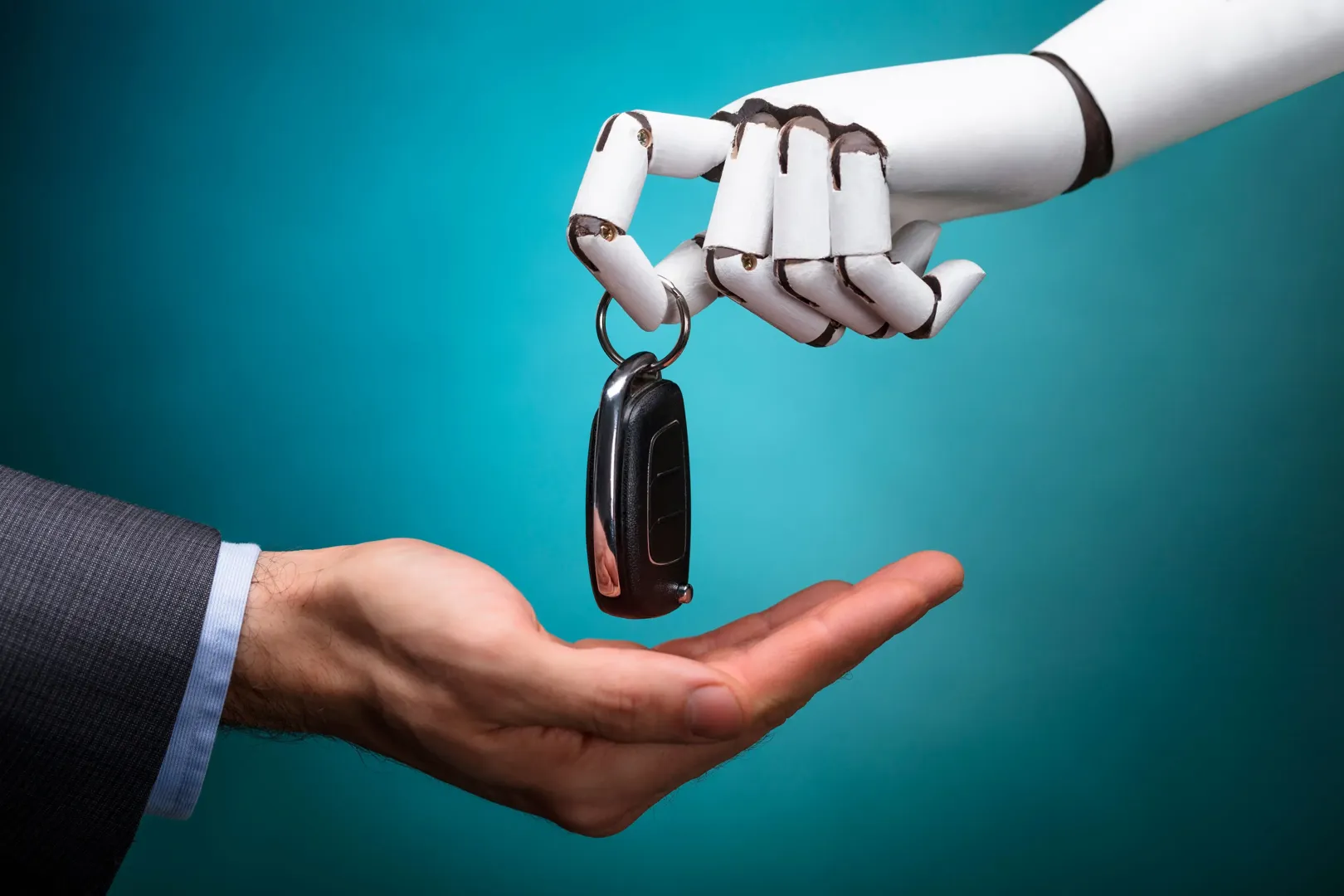
Automation was once just in the vivid imagination of sci-fi authors and part of futuristic films, but the significant technological advances of the last 30 years mean that automation is now all around us. Many of our factories use automated robotic equipment, our car production lines have changed dramatically, even the way we pay for things has been transformed.
Automation is nothing new in transportation vehicles either: planes have flown on autopilot for years and driverless monorails are commonplace at airports throughout the world. But how far away is this technology from the UK roads and what does that mean for business fleets?
Not just driverless vehicles
The first important thing to note is that when people think of automation they immediately consider driverless vehicles. While this is inevitably a big part of the discussion, automation also applies to lots of other smaller aspects of driving. Many more of our vehicles now have automatic transmission, and we have climate control, intelligent passenger seating and cruise control.
Before looking into what fleet managers may consider positive automation developments, it is important to fully understand the wider landscape. Currently there are 31 million vehicles on Britain’s roads and 26,000 people were killed or seriously injured on the roads last year. The government says that human error is the cause of 93% of those incidents, so it would be wise to look at the development of fully autonomous vehicles.
According to the Chancellor of the Exchequer, Philip Hammond, the government wants “fully driverless cars”, with no safety attendant on board, to be in use on Britain’s roads by 2021. To get this system up and running safely in three years, with all of the necessary infrastructure and business investment, is undoubtedly a huge ask.
What is important to note from this is that they are not saying replace all vehicles. They simply state that the technology should be in use by 2021. Therefore, the most likely use of this technology is in passenger carrying vehicles, such as taxis, in high-density urban areas such as London, Birmingham and Manchester.
What does it all mean for fleet managers?
For fleet managers, the wider ambition to move towards automation, specifically driverless vehicles, is unlikely to have any short to medium-term implications, as the human element of the businesses that make up the industry is still vital.
However, where there may be positive developments is in terms of processes that can be made easier. As highlighted earlier, many vehicles already have some form of cruise control. A further development of this is platooning (or linked vehicles) on UK motorways. This is something which is being trialled with HGVs and LCVs on UK roads at the moment.
The idea is that once the driver gets onto the motorway, the vehicle automatically logs the destination and communicates with other surrounding vehicles to maintain a safe, steady position and speed for the duration of the motorway journey, after which the driver retakes control. This allows the driver to rest and complete other tasks during that part of the journey.
An opportunity for efficiency and cost-saving
For fleet managers this type of automation development could really help to make small efficiencies that save time, therefore saving the company money. fuelGenie understands this as our fuel cards are based on a similar principle of saving businesses administration time and making overall efficiencies.
Automation is not going to be replacing human drivers in fleets across the country any time soon and we as an industry should not fear technology. In fact, as we have outlined perhaps greater efficiencies can be made, allowing businesses to become more profitable.


